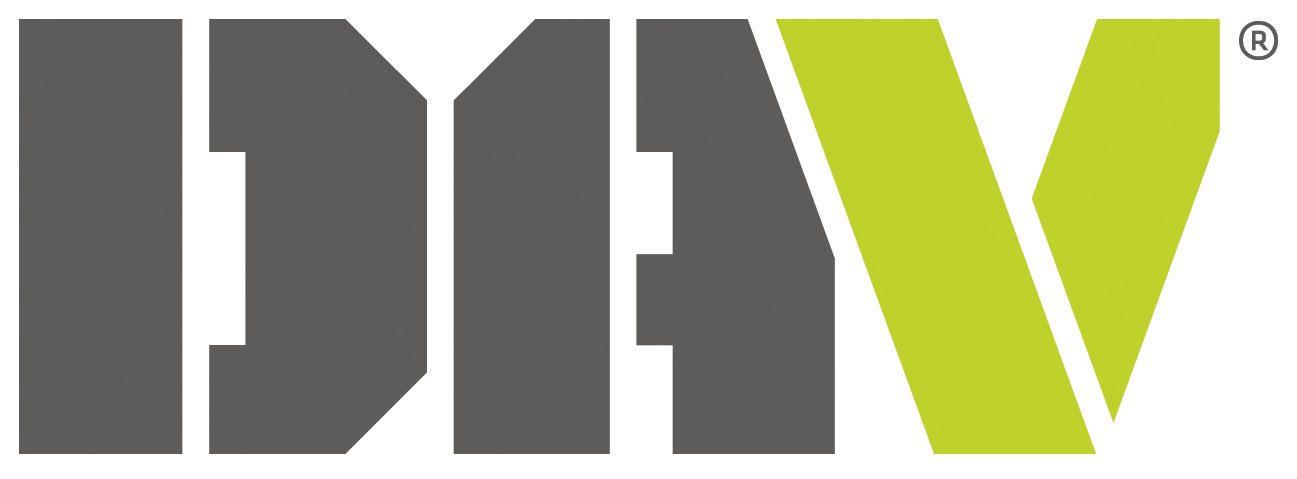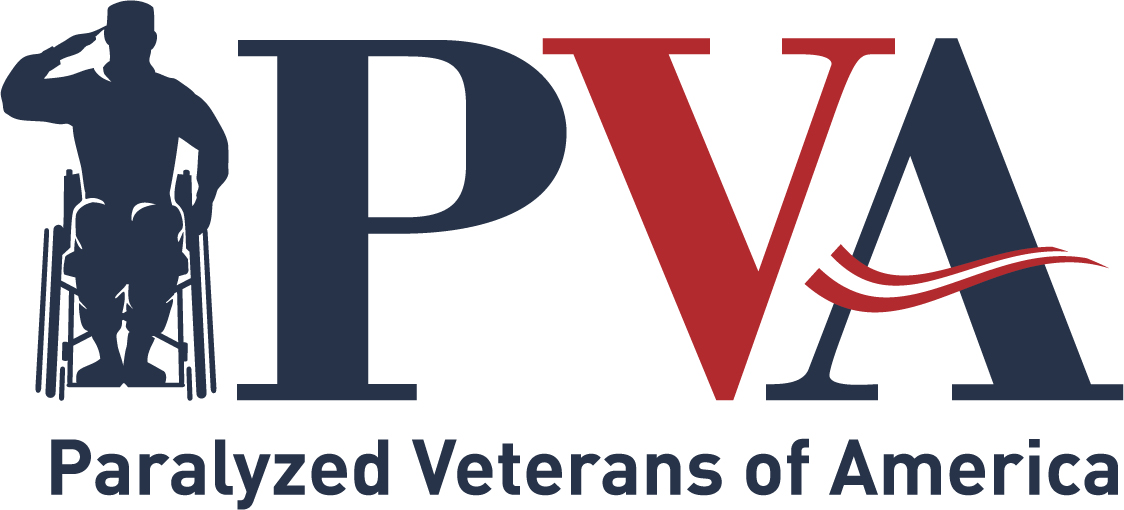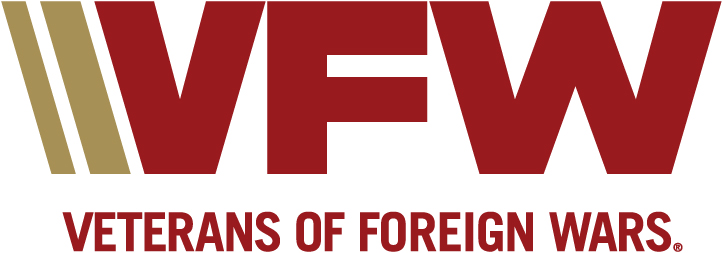
Table of Contents: Health Care Critical Issues
Ensure VA Remains the Primary Provider of Care
Vacancies and Staffing Shortages
Health care professionals and nonclinical staff are essential to ensuring the Department of Veterans Affairs (VA) remains the primary provider of care to our nation’s veterans. The COVID-19 pandemic has significantly affected the healthcare system and its employees, both clinical and nonclinical. According to VA, the Veterans Health Administration (VHA) employed 371,809 individuals at the end of the fourth quarter for fiscal year (FY) 2022. The VHA had 76,877 vacancies, trending upward from last year. If this continues, a more significant impact will occur in the next five to 15 years as the Sergeant First Class Heath Robinson Honoring our Promise to Address Comprehensive Toxics Act of 2022 (PACT Act) (Public Law 117-168) increases the enrollment for unique veteran patients. Identifying severe staff shortages allows for precision recruitment and retention efforts. VA’s Office of Inspector General is charged with auditing critical staffing shortages in each fiscal year. In its FY 2022 report 1, across the system, the VHA identified more than 2,600 severe staffing shortages across 285 occupations. The report also found that professional staffing shortages are pervasive throughout the system. For example, 91 percent of VA facilities identified critical staffing shortages in nursing and 87 percent of VA facilities identified shortages in medical officers. Practical nurses, medical support assistants, and custodial workers were also among the most severe staffing needs. Psychologists and other mental health professionals are also in short supply.
Recruitment
As the nation’s largest integrated healthcare delivery system, the VHA workforce challenges mirror those of the broader healthcare industry. The clinical recruitment market is highly competitive; therefore, VA encounters similar challenges as the private sector. According to VA’s FY 2023 Budget Submission book for Medical Programs and Information Technology Programs, VA plans to spend $3.7 billion on medical staffing. This figure projects Medical Services full-time equivalents are due to increase by 10,886 over the 2023 level. This increase accounts for Federal Employee Retirement System adjustments, wage increases, and changes in the experience of recently onboarded staff. VA offers a recruitment and retention bonus of up to 25 percent of the rate of basic pay for new hires to remain with the department. VA officials also recently stated that they must hire at least 45,000 nurses over the next three years to keep up with attrition. If fully utilized, the pay and workforce provisions approved by Congress in Public Law 117-103 (RAISE Act) and the PACT Act will greatly improve VA’s ability to recruit and retain the quality medical professionals it needs to care for veterans in the near- and long-term. Oversight of these provisions will be necessary to ensure proper utilization and make essential modifications. Still, additional action will be needed to boost pay caps for those in other provider roles, fill critical medical center director positions, and streamline the department’s hiring practices.
The IBVSOs Recommend:
- VA ensure that HR Smart (a VA human resource database) is being used to its full capacity to better understand the true number of vacancies.
- VA identify, and Congress approve, lifting pay caps for hard-to-fill medical positions not prescribed in the RAISE and PACT Acts.
- Congress direct VA to implement a performance management and awards system for directors of medical centers and Veterans Integrated Services Networks (VISNs). These employees’ market rate of pay would be determined on a case-by-case basis, accounting for the employee’s previous experience, the complexity of the assignment, performance, the labor market for similar positions, and recruitment needs.
- VA provide definitive salary information to prospective medical professionals before onboarding. Nurses and other medical personnel are not informed of their actual salary until after they start working. This may make VA less attractive to the medical professional weighing potential income from the department to a known figure offered by a healthcare system in the private sector.
Retention
VA uses several tactics and programs to improve recruitment and retention. Some of these include increased maximum physician salaries; implementation of Stay in VA Touchpoints to strengthen employee engagement and retention through regularly scheduled supervisory-staff conversations; and targeted use of recruitment, relocation, and retention incentives. VA also used the Education Debt Reduction, the Health Profession Scholarship, and the Specialty Education Loan Repayment programs as incentives.
VA should continue working with Congress on ways to enhance employee wages to ensure they are competitive with the private sector, emphasizing personnel providing mission-critical work. Meanwhile, greater investment in employee well-being is needed. VA launched the Reduce Employee Burnout and Optimize Organizational Thriving (also known as REBOOT) Task Force to address professional burnout and promote fulfillment among VHA employees, but few employees seem aware of it.
Also, every credentialed medical position requires a prescribed number of continuing education hours to keep their certification current, but VA only offers modest help with licensing examinations and certifications. Expanding the level of support in this area could serve as a powerful retention incentive while ensuring a higher state of qualification and readiness of VA medical personnel.
The IBVSOs Recommend
- Congress allow VA to waive limitations on pay for all VHA employees who are performing mission-critical work.
- VA raise awareness of programs to prevent employee burnout and improve the quality of their workplace environment.
- VA increase reimbursement of continuing education requirements for all credentialed personnel.
Infrastructure
VA’s healthcare system provides direct medical care to more than seven million veterans every year through an integrated system of over 1,750 access points, including medical centers, outpatient clinics, Vet Centers, and community living centers. VA’s health care infrastructure includes more than 5,600 buildings and 34,000 acres, much of which was built more than 50 years ago. For more than two decades, funding for construction, repairs, and maintenance of VA’s health care facilities has lagged behind even the most conservative estimates of the actual needs.
The recent failure of the Asset and Infrastructure Review (AIR) process highlights the longstanding challenges of adequately planning, funding, constructing, and maintaining VA’s health care infrastructure. While VA’s AIR recommendations documented the need for significant new investments to expand its health care footprint, it failed to accurately and transparently assess the future health care needs of veterans, including how VA and community assets can meet those needs. In addition, there remains a long list of seismic deficiencies VA has failed to address.
VA also supports aging and severely disabled veterans by operating 131 Community Living Centers and providing grants and per diem support to 157 State Veterans Homes, as well as hundreds of community nursing facilities. VA has unique challenges maintaining adequate numbers of long-term care (LTC) facilities for veterans with spinal cord injuries and disorders (SCI/D). While VA must continue to expand its noninstitutional, home-based services and support, it also needs to expand capital investments in new institutional care for the growing number of aging veterans.
Even with a comprehensive strategy and adequate infrastructure funding, VA’s internal capacity to manage a growing portfolio of construction projects is constrained by the number and capability of its construction management staff. To manage a larger, more complex capital asset portfolio, VA must have sufficient personnel with appropriate expertise—both within VA Central Office and onsite throughout the VA system.
Given the high cost of constructing new facilities, coupled with the increasing integration of non-VA providers into VA community care networks, VA should consider leveraging existing health care relationships with other federal agencies, such as the Department of Defense and the Indian Health Service, and academic affiliates, as well as exploring new models of sharing arrangements with private providers in VA’s community care networks.
The IBVSOs recommend:
- Congress and VA work together to develop and implement a new comprehensive strategy to build, repair, and realign VA’s health care infrastructure to meet current and future demand. This strategy should specifically address the specialized care needs of veterans, including LTC and SCI/D program needs.
- Congress increase resources to expand VA’s internal capacity and expertise to build, repair, maintain, and manage facilities by hiring additional personnel and implementing training curriculum and certification programming required by the VA MISSION Act.
- VA explore additional opportunities to expand partnering arrangements to supplement VA’s health care infrastructure.
Increase and Expand Extended Care Services and Supports
Long-Term Services and Supports
The Department of Veterans Affairs’ (VA) Veterans Health Administration (VHA) faces several critical challenges as it develops its long-term care (LTC) strategy for an aging veteran population to include workforce shortages, geographic alignment of care, and the specialty care needs of our veterans. VA estimates that by 2039, the number of elderly veterans will double and the number of enrolled veterans who are 85 years or older will grow by almost 40 percent. More alarming, VA estimates the number of veterans in priority group 1A who are at least 85 years old is expected to grow by 588 percent. As a result, there will be a tremendous need for both institutional
and noninstitutional care for these veterans in the near future. A wide range of long-term services and supports (LTSS) must be available to help veterans as they age, from occasional help around the house to around-the-clock clinical care. Currently, VA must provide LTSS to veterans in priority group 1A, regardless of age, who are rated 70 percent disabled or greater and need LTC for any reason. It also must provide LTSS to service-disabled veterans who need care because of their service-connected disabilities, as well as such care to all veterans based on need and availability.
To meet the needs of this population, VA should pay more attention to the geographical availability of care, particularly for disabled veterans who require specialized care. For example, VA has six spinal injury/disease (SCI/D) LTC facilities, but only one is located west of the Mississippi River, in Long Beach, California. This facility has only 12 SCI/D LTC beds available. Although projects are underway in San Diego and Dallas to provide more SCI/D LTC beds, the need far outweighs the supply.
Home and Community-Based Services
VA provides home and community-based care services (HCBS)— referred to as noninstitutional care –through programs like Veteran-Directed Care (VDC), home-based primary care, adult day health care, respite care, medical foster homes, and homemaker and health-aid services. Most aging veterans prefer to receive care through these types of home-based programs. Current law limits what VA can pay annually for noninstitutional care to 65 percent of the cost of nursing home care. When veterans reach this cap, they must seek other payment options or be personally liable for the cost.
Many veterans are also seeking better access to HCBS programs, such as VDC. VDC supports veterans and their families in a way that puts their needs first. Rather than asking families to navigate different benefits and applications, veterans in this program are given a flexible budget for services that can be managed by themselves or their caregivers. However, this program is not available at every VA health care facility. VA announced in 2022 that it intends to expand the program in the coming years, but veterans need access to care now.
The IBVSOs Recommend:
- Congress eliminate the annual cap on noninstitutional care.
- Congress expand the availability of institutional and non-institutional care, but grow HCBS at a faster rate than institution-based care.
- Congress mandate that all HCBS, including VDC, be made available at all VA medical centers.
Caregiver Support Program
VA’s Program of Comprehensive Assistance for Family Caregivers (PCAFC), which began in 2010, provides much-needed assistance to severely disabled veterans and their caregivers. While the program has been life-changing for tens of thousands of veterans and caregivers, VA has been unable to consistently, transparently, and equitably administer the eligibility, reassessment, and appeals processes associated with the program. While The Independent Budget veterans service organizations (IBVSOs) are pleased the PCAFC was expanded to cover caregivers of veterans from all eras, the current regulations, which were adopted in 2019, have not addressed the longstanding, systemic problems related to eligibility. As a result, VA Secretary McDonough suspended reassessments and removals from the program until better solutions could be found.
In April 2021, the Court of Appeals for Veterans Claims, in the Beaudette v. McDonough decision, determined that veterans and caregivers had the right to appeal unfavorable decisions related to the PCAFC program to the Board of Veterans’ Appeals, which included full due process rights under the Appeals Modernization Act (AMA). For the past two years, VA has been working with caregivers and VSO stakeholders, as well as Congress, to develop new eligibility criteria, reassessment rules, and appeals processes to address problems with the program, with the goal of adopting new regulations.
The IBVSOs Recommend:
- Congress enact legislation and VA promulgate regulations to create more consistent, transparent, and equitable eligibility criteria and reassessment rules for the PCAFC.
- Congress enact legislation to appropriately grandfather eligibility for veterans in the program before enactment of any new eligibility regulations and guarantee the continuation of full due process, notification, and appeal rights provided by the Beaudette decision and the AMA legislation.
- Department of Veteran Affairs Office of Inspector General; Veterans Health Administration: OIG Determination of Veterans Health Administration’s Occupational Staffing Shortages Fiscal Year 2022, July 2022.


